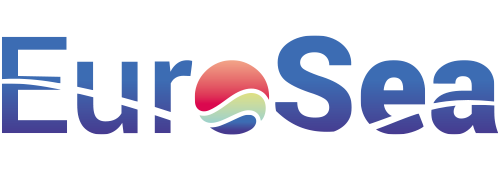Development of appropriate indicators to monitor and forecast in support of SDG14 (Sustainable Development Goal 14: Life Below Water)
Development of appropriate indicators to monitor and forecast in support of SDG14 (Sustainable Development Goal 14: Life Below Water)
Read more
Forecasts of extreme marine event hazards tailored for aquaculture, focusing on oxygen, heat, and pH ensemble forecasts
Read more
The Oceanographic Services for Ports and Cities (OSPAC) software, specially tailored for port and city usage. This software provides real-time alerts about marine conditions, including significant wave heights and lightning detection data, ensuring better maritime operations and improved safety
Read more
Prototype Sea Level Planning and Scenario Visualization Tool
Read more
User-driven, Well Calibrated, Seasonal Forecast Ocean Indicators
Read more
Improvement of the Tropical Atlantic Observing System (TAOS) for the delivery of ocean products, specifically chlorophyll-a (chl-a) indicators and carbon fluxes
Read more
EuroSea methodologies and Best Practices (BP) in various domains including Extreme Marine Events Hazard maps & forecasts, Network integration, Marine debris observing, Machine learning techniques, Simulated observations from different realistic numerical models, Interoperability, and Visualization of the ocean’s societal relevance and economic role
Read more
Development and deployment of tools that consistently and periodically estimate essential carbon metrics
Read more
Detailed analysis of the influence specific observations have on the accuracy and reliability of ocean forecasts, leading to the generation of recommendations for observation strategies
Read more
T5.1.2 Optimisation of tide gauge and satellite altimetry data in a sea level reconstruction for the Mediterranean Sea spanning 67 years (D5.2)
Read more
